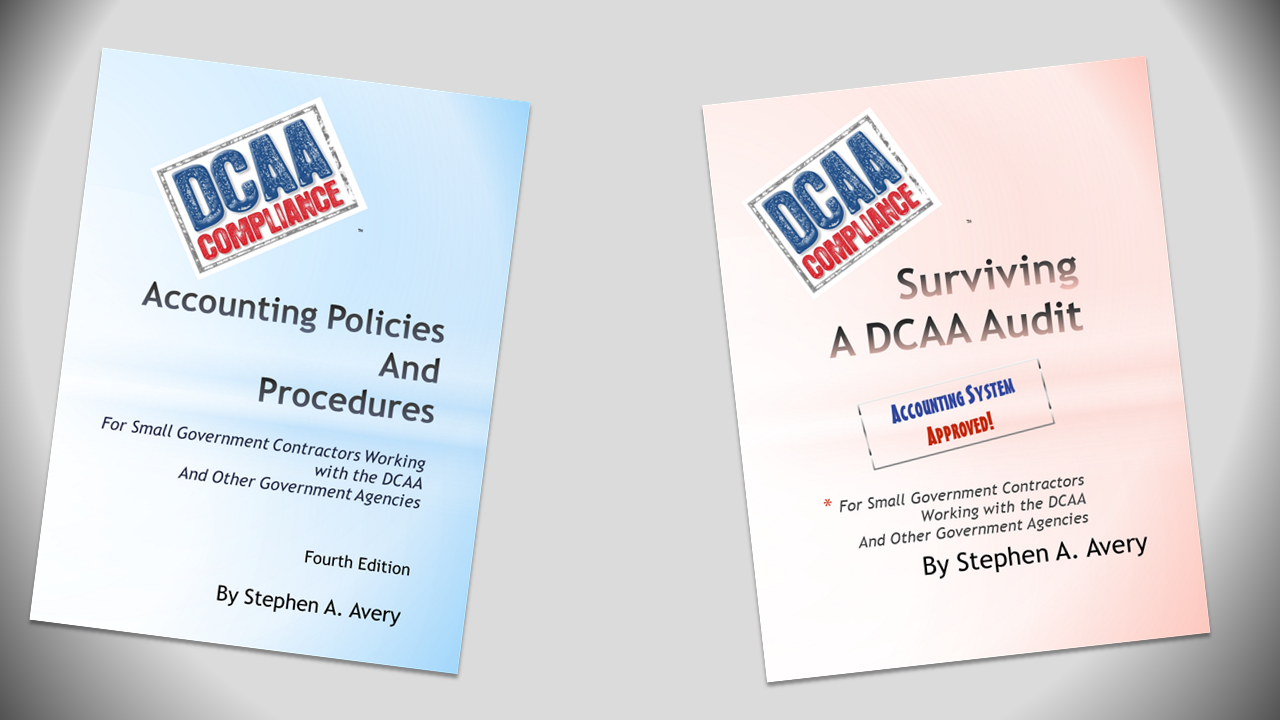December 30, 2013
I am going to argue that the original guidance provided to DCAA auditors in the Contract Audit Manual and the DCAA audit programs, over time, gave birth to a paradoxical view of timekeeping that DCAA continues to trip over on occasion.
DCAA based their original guidance on paper timesheets and included the following guidance:
- Employee physical possession of the timesheet
- Timesheets completed in ink
- Only one timesheet is prepared per employee per period
- Timesheets are preprinted with employee name and identification number
- Corrections are made in ink, initialed by the employee, properly authorized, and provide a sufficient and relevant explanation for the correction.
- Employees and supervisors sign the timesheet
This is excerpted from 5.909.1 of the CAM.
Looking at this (filling out in ink, preprinting, initialed corrections, signature, and so on), I am reminded of a legal contract or even a bank draft (check). It always appeared to me that DCAA was providing guidance for the creation of a legal document – a timesheet certified by the employee and accepted by the counter signature. DCAA reinforced this thought several years ago when offices across the country argued that these timesheets needed a unique number just like a check.
I agree with the concept, even if I did not agree with the unwritten guidance for unique numbering.
After basking in the glow of agreement with DCAA, I decided to take it a step forward, especially since some twenty plus years after their introduction, DCAA still fails to provide guidance on how electronic timesheets are created (Please, please do not raise 5.902.2 – that is badge and punch cards).
The final straw came when a DCAA supervisor argued that management intervention was required before an employee could safely utilize the backspace key to change an hourly entry from 4 to 3. I understood I really needed to introduce some clarification.
What makes a contract a contract is the signature attesting to all that is above it. We do not want lawyers issuing contracts in pencil, but I do not mind if they use that tool to draft it. On numerous occasions over the years, I scratched out a section of a contract and replaced it with a glossed section. The gloss section bears my initials along with the initials of the other party. Who has not scratched out the date on a check, corrected it, and initialed the same?
What makes a timesheet a timesheet is the SIGNATURE. What makes a timesheet final is the COUNTER SIGNATURE. Everything before this is simple conjecture.
This does not mean that Contractors should not set standards for timesheet completion such as daily completion, using ink, initialing changes, and so on. I encourage weekly timesheets so the manager’s memory is fresh. The guidance provides uniform standards to allow for improved management.
DCAA is free to chime in with their thoughts as long as they understand it is not a timesheet until it is signed (electronically or otherwise) and presented to the employer.
If you believe the difference is too subtle to bother with, just remember the hours I spend arguing with DCAA about the employee’s right to use the backspace key.
Available on Amazon or www.dcaacompliance.com

